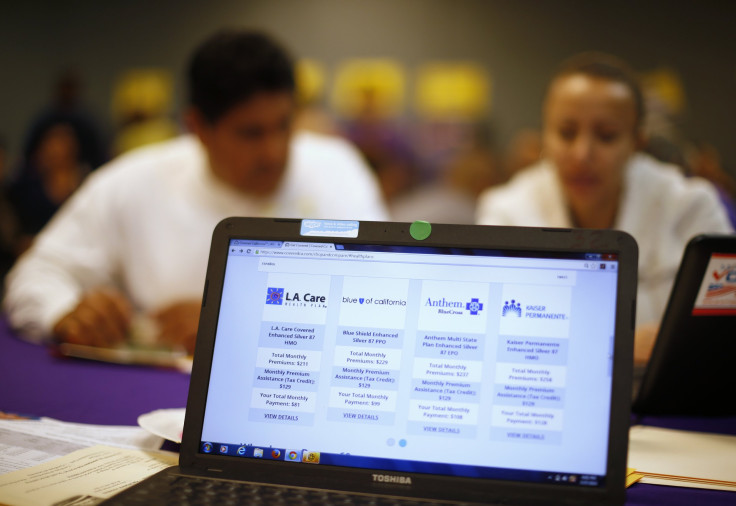Obamacare Rates 2016 Explained: With 7.5 Percent Increase In Premiums, Who Is Affected And Why?

Should Obamacare customers expect to pay more or less for their health insurance this year? The answer is, as always, it depends -- on the state, the plan and the person's income. The nationwide average for premium increases in 2016 for plans bought on HealthCare.gov, the federal exchange established under the Affordable Care Act, is expected to be 7.5 percent, according to the Obama administration. But in some states, like Alaska, the hike could be as high as 31.5 percent, while in Indiana premiums are slated to drop more than 12 percent. The price increases also don't account for tax credits that offset the cost of insurance for people with qualifying incomes.
“For most consumers, premium increases for 2016 are in the single digits and they will be able to find plans for less than $100 a month,” Kevin Counihan, CEO of the Health Insurance Marketplaces, said in statement. The administration credits the Affordable Care Act with helping 17.6 million people gain health insurance and lowering the rate of America's uninsured to less than 12 percent, a historic low in recent years.
The administration based its analysis, released Monday night, on "silver" plans, the second least-expensive plans available from several tiers of health insurance options. Its findings, including the 7.5 percent average, are restricted to the 37 states that use HealthCare.gov to offer insurance coverage to their residents. Roughly eight out of 10 customers would still be able to pay less than $100 per month in premiums, after tax credits, the Department of Health and Human Services said. On average, those who qualified for that financial aid -- individuals and families whose incomes range from 100 to 400 percent of the federal poverty line who buy their health insurance on Obamacare exchanges -- received tax credits amounting to $270 per month in 2015.
#Obamacare and improving economy are driving the lowest #uninsured rates on record #progress but more work to be done pic.twitter.com/2wNnzfEekO
— Ade Adamson (@AAdamsonMD) October 13, 2015
The administration is gearing up for the third open enrollment period under Obamacare. Starting Nov. 1, consumers will be able to research and health insurance, or change plans if they choose. The White House is hoping that 1 million new people will sign up for coverage this period, which ends Jan. 31, 2016, out of the 10.5 million it has said are eligible through Obamacare but remain uninsured.
In preparation for the enrollment period, the administration has announced several changes to HealthCare.gov, which has been controversial since its inception, when it crashed, for containing glitches, being overly complex or difficult to navigate, or lacking information to help people pick the right plans. Additions to the website were initially expected to include a cost-comparison tool as people look at one plan after another, as well as a way to check which doctors and drugs are covered under various plans, although whether those tools will be ready in time for Nov. 1 is uncertain.
© Copyright IBTimes 2025. All rights reserved.






















